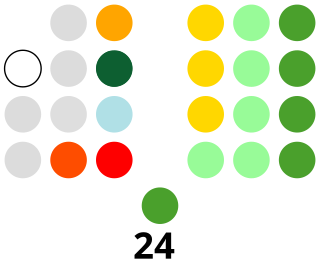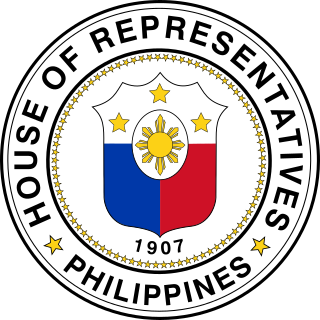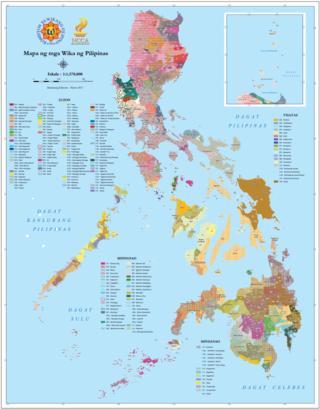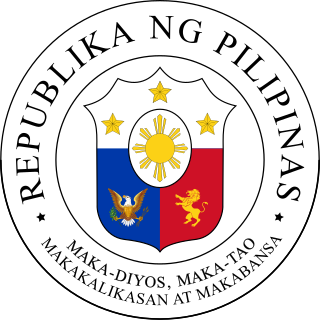This is a list of all the Ultra prominent peaks (with topographic prominence greater than 1,500 meters) in the Philippines.

This is a list of all the Ultra prominent peaks (with topographic prominence greater than 1,500 meters) in the Philippines.


The Philippines, officially the Republic of the Philippines, is an archipelagic country in Southeast Asia. It is situated in the western Pacific Ocean and consists of around 7,641 islands that are broadly categorized under three main geographical divisions from north to south: Luzon, Visayas, and Mindanao. The Philippines is bounded by the South China Sea to the west, the Philippine Sea to the east, and the Celebes Sea to the southwest. It shares maritime borders with Taiwan to the north, Japan to the northeast, Palau to the east and southeast, Indonesia to the south, Malaysia to the southwest, Vietnam to the west, and China to the northwest. The Philippines covers an area of 300,000 km2 (120,000 sq mi) and, as of 2021, it had a population of around 109 million people, making it the world's thirteenth-most-populous country. The Philippines has diverse ethnicities and cultures throughout its islands. Manila is the country's capital, while the largest city is Quezon City; both lie within the urban area of Metro Manila.

Filipino is a language under the Austronesian language family. It is the national language of the Philippines, and one of the two official languages of the country, with English. It is a standardized variety of Tagalog based on the native dialect, spoken and written, in Metro Manila, the National Capital Region, and in other urban centers of the archipelago. The 1987 Constitution mandates that Filipino be further enriched and developed by the other languages of the Philippines. Filipino is only used as a tertiary language in the Philippine public sphere.

A municipality is a local government unit (LGU) in the Philippines. It is distinct from city, which is a different category of local government unit. Provinces of the Philippines are divided into cities and municipalities, which in turn, are divided into barangays – villages. As of September 7, 2019, there are 1,488 municipalities across the country.

The president of the Philippines is the head of state, head of government and chief executive of the Philippines. The president leads the executive branch of the Philippine government and is the commander-in-chief of the Armed Forces of the Philippines.

The Congress of the Philippines is the legislature of the national government of the Philippines. It is bicameral, composed of a lower body, the House of Representatives, although colloquially the term "Congress" commonly refers to just the latter, and an upper body, the Senate. The House of Representatives meets in the Batasang Pambansa in Quezon City while the Senate meets in the GSIS Building in Pasay.

The House of Representatives of the Philippines is the lower house of Congress, the bicameral legislature of the Philippines, with the Senate of the Philippines as the upper house. The lower house is usually called Congress, although the term collectively refers to both houses.
The Governor-General of the Philippines was the title of the government executive during the colonial period of the Philippines, governed by Mexico City and Madrid (1565–1898) and the United States (1898–1946), and briefly by Great Britain (1762–1764) and Japan (1942–1945). They were also the representative of the executive of the ruling power.

There are some 120 to 187 languages spoken in the Philippines, depending on the method of classification. Almost all are Malayo-Polynesian languages native to the archipelago. A number of Spanish-influenced creole varieties generally called Chavacano along with some local varieties of Chinese are also spoken in certain communities. The 1987 constitution designates Filipino, a standardized version of Tagalog, as the national language and an official language along with English. Filipino is regulated by Komisyon sa Wikang Filipino and serves as a lingua franca used by Filipinos of various ethnolinguistic backgrounds.

The Cabinet of the Philippines consists of the heads of the largest part of the executive branch of the national government of the Philippines. Currently, it includes the secretaries of 22 executive departments and the heads of other several other minor agencies and offices that are subordinate to the president of the Philippines.
The executive departments of the Philippines are the largest component of the executive branch of the government of the Philippines. These departments comprise the largest part of the country's bureaucracy.

Filipinos are the people who are citizens of or native to the Philippines. The majority of Filipinos today come from various Austronesian ethnolinguistic groups, all typically speaking either Filipino, English, and/or other Philippine languages. Currently, there are more than 185 ethnolinguistic groups in the Philippines; each with its own language, identity, culture, and history.

Banana ketchup is a popular Philippine fruit ketchup condiment made from banana, sugar, vinegar, and spices. Its natural color is brownish-yellow but it is often dyed red to resemble tomato ketchup. Banana ketchup was first produced in the Philippines during World War II due to a wartime shortage of tomatoes but a comparatively high production of bananas.
A list of films produced in the Philippines in Filipino and in English. For an A-Z see Category:Philippine films.

These lists contain an overview of the government recognized cultural properties in the Philippines. The lists are based on the official lists provided by the National Commission for Culture and the Arts, National Historical Commission of the Philippines, and the National Museum of the Philippines.